Tapco HomeDry Dry Rot Treatment Blindley Heath
We are long term members of Trust Mark and a member of the BWA. CHAS accredited contractor. In addition, all of our surveyors are trained to the high standards of the PCA (Property Care Association).

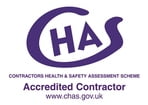
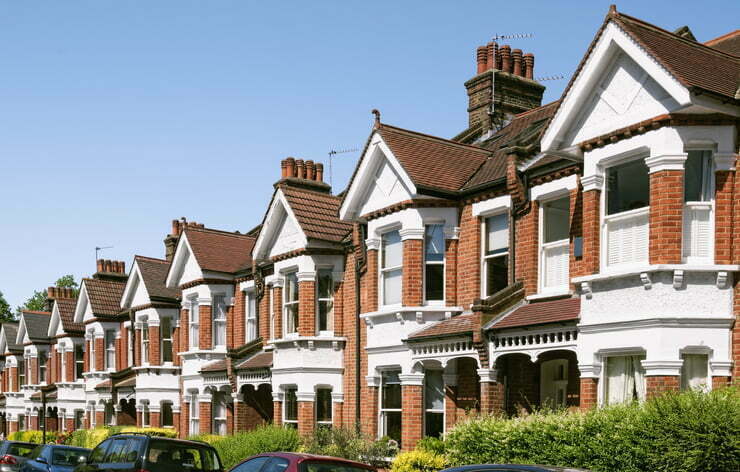
Dry Rot Specialist In Blindley Heath
Worried about dry rot in your home in Blindley Heath? Trust Tapco Homedry to help get to the bottom of the issue fast. We’re the local experts in dry rot treatment in Blindley Heath, so we can assist you in identifying and eradicating any dry rot issues throughout your home or business. Get in touch today to learn how we can help.
Signs of dry rot in your home
As a homeowner, it’s essential that you learn to spot the signs of dry rot in your home so that you can act quickly. You might notice the following common signs of dry rot in your property:
- A furry white fungal growth
- A rusty orange fungal growth
- Rusty orange spores that look like dust on your furniture
- Dry and brittle wood, such as door frames, floorboards and joists
- Timber that breaks down into small cubes
If you spot any of these signs, get in touch with Tapco Homedry.
What is dry rot?
Also known by its scientific name, Serpula lacrymans, dry rot is most commonly found on the forest floor where it plays a very important role in the ecosystem. Dry rot breaks down fallen timber and causes it to crumble, clearing space for new growth. Unfortunately, this type of fungus can also make its way into our homes where it can cause extensive damage.
The fungus works by secreting an enzyme that digests timber, leaving behind a material that is brittle and weak. In its early stages, dry rot is a furry white mould growth which later blooms into a rusty orange colour. This allows the microscopic spores to spread to other suitable material, which could include joists, door frames and floorboards. Dry rot requires some moisture to thrive, which is why we often need to investigate the cause of the damp if there is dry rot present in a home.
What are the key differences between wet and dry rot?
These two types of rot can both be found in homes, but they are caused by two very different types of fungi. They need dramatically different conditions to thrive, and the key is in the moisture levels. Wet rot needs moisture levels of around 50% to thrive while dry rot only needs moisture levels of around 20% to be able to take hold.
As moisture is required for wet and dry rot to thrive, the presence of either suggests that you have a moisture ingress problem somewhere in your home. This could be a leaking pipe, cracked roof tile, failed damp proof course or a lack of protection in your basement or cellar. We can help to get to the bottom of the issue and put things right.
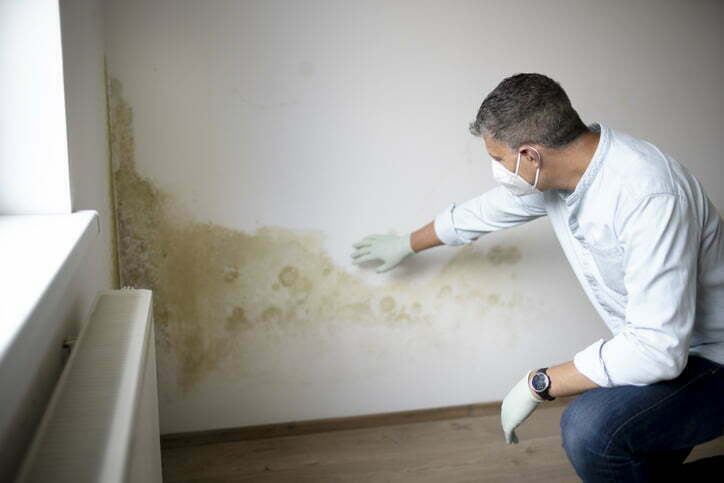
Dry rot experts in Blindley Heath
If you’re concerned about dry rot in Blindley Heath, get in touch with our team today. We don’t recommend DIY methods to address this issue due to the risk of structural damage to your home if you get things wrong. We can also help to address the underlying damp problem so you have peace of mind that your home is protected.
How is dry rot treated?
Since dry rot suggests the presence of moisture in your home, we would first look to explore the cause of the damp problem. Next, we can use a fungicidal treatment to stop the spread of the rot and prevent further damage. We can also treat the remaining wood in your home to help stop this issue from returning. Next, we can take steps to restore the damaged wood. We would replace rotten timber with pre-treated timber to help restore the structural integrity of your home.


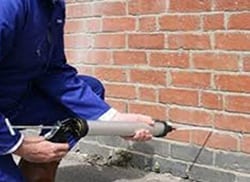 Damp Proofing
Damp Proofing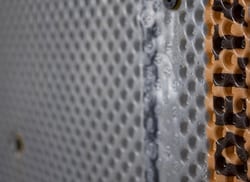 Basement Damp Proofing
Basement Damp Proofing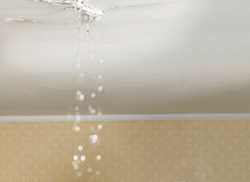 Water Damage
Water Damage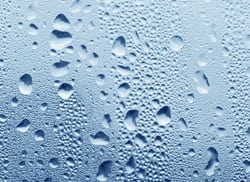 Condensation Control
Condensation Control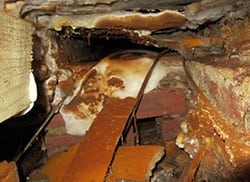 Dry Rot Treatment
Dry Rot Treatment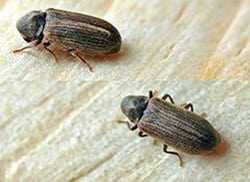 WOODWORM & WET ROT
WOODWORM & WET ROT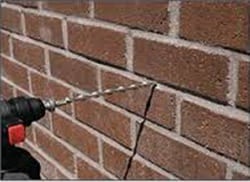 CAVITY Wall Ties
CAVITY Wall Ties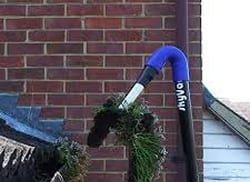 Property Maintenance
Property Maintenance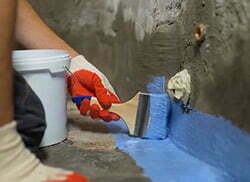 Waterproofing And Tanking
Waterproofing And Tanking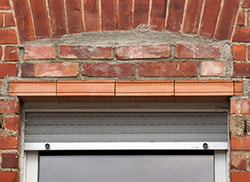 Structural Repairs
Structural Repairs
